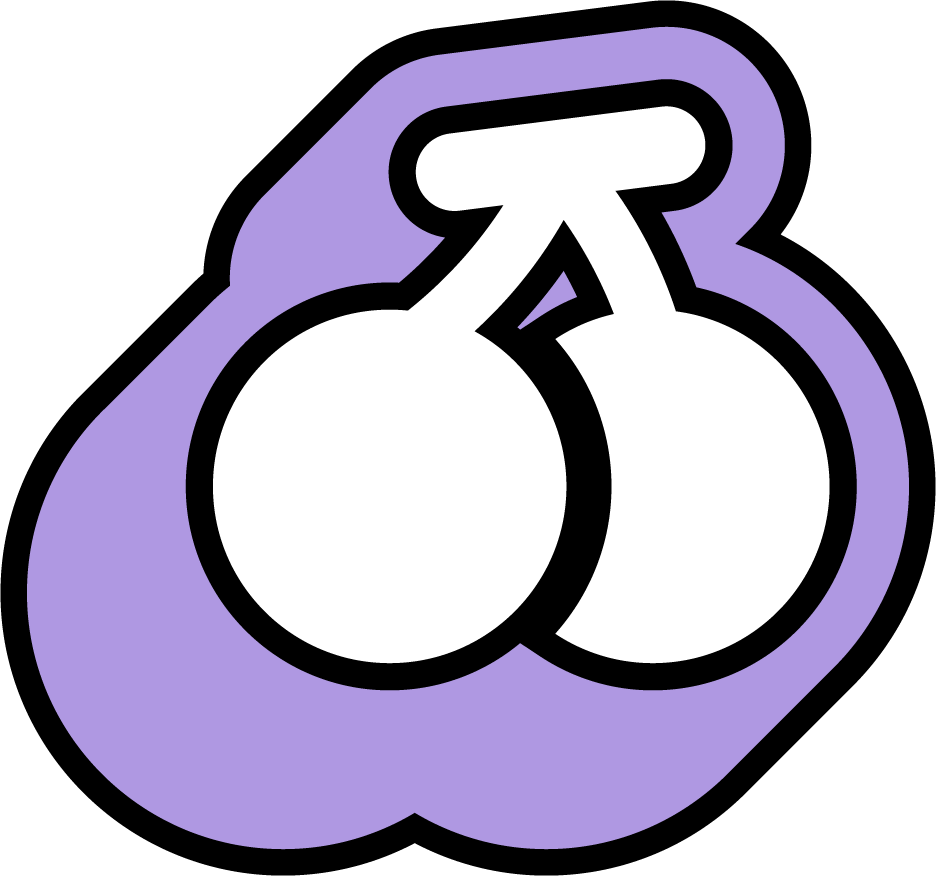The best Korean language learning resources for all levels
Learning Korean is no easy task and often a lifelong pursuit, but mastering a new language has never been easier.
Korean writing practice. Image: Pixabay.
Although, with a wealth of online resources, the sheer abundance can sometimes feel like a double-edged sword. But don’t worry, we’ve curated a list of the best Korean language learning resources—perfect for both beginners and advanced learners alike.
Apps
1. LingoDeer
LingoDeer is a comprehensive app tailored for learning Asian languages, and it’s especially well-suited for beginners and upper beginners. It covers Hangul, vocabulary and grammar through over 100 interactive lessons, including listening exercises, word matching, fill-in-the-blank activities and free typing. Users can begin at their appropriate level by testing their ability in early sections. Lessons are short and designed to fit into a daily routine easily.
The app offers four Korean courses: Korean 1 (for absolute beginners), Korean 2 (for lower and mid-intermediate learners), Fluent Korean (for conversation practice), and a Travel Phrasebook (for quick learning).
The free version is fully functional, though a premium membership provides additional features, such as the ability to skip lessons.
LingoDeer is perfect for beginners and upper beginners. Image: Apple App Store.
2. Eggbun
Eggbun employs a chatbot-style teaching method, allowing users to practice vocabulary, grammar, and conversation with "Lanny," a friendly bot. This interactive approach simulates real-life exchanges, making it ideal for honing conversational skills in everyday scenarios.
Eggbun stands out by avoiding Romanization and encourages users to learn Hangul from the beginning, fostering confidence in reading and pronunciation. With structured lessons and cultural insights, Eggbun delivers an immersive learning experience that is perfect for both beginners and those transitioning from other learning methods.
Eggbun offers a chatbot-style. Image: Apple App Store.
3. LingQ
LingQ emphasizes context-based learning through its library of authentic Korean content, including articles, podcasts, and videos. It’s an excellent resource for advanced learners seeking full language immersion. The app allows users to build personalized vocabulary lists while listening and reading.
However, the free version has limited features, and unlocking advanced capabilities, such as unlimited flashcards or importing your own content, requires a premium subscription.
Use LingQ for context-based learning. Image: Apple App Store.
Books
1. ‘Korean Stories for Language Learners: Traditional Folktales in Korean and English’ by Julie Darmon and Eunsun You
This bilingual book pairs traditional Korean folktales with their English translations. Each story includes vocabulary lists and comprehension questions, making it a fun and educational tool for improving reading skills. The book also offers audio support, enhancing pronunciation and listening practice.
Available on: Amazon UK
Price: £15.99
A bilingual book to improve reading skill. Image: Stanfords.
2. ‘Korean Short Stories for Beginners’ by Lingo Mastery
This book features 20 engaging yet simple stories designed for beginner learners. Each chapter is complemented by vocabulary lists, cultural insights, and comprehension questions, providing a well-rounded resource for reinforcing learning and improving reading comprehension.
Available on: Amazon UK
Price: £14.95
Simple Korean stories designed for beginner learners. Image: Lingo Mastery.
1. @c.k.w.m
Most creators teach Korean using English as a medium, but @c.k.w.m takes a refreshingly different approach.
In his Understandable Korean series on Instagram, Korean Min engages viewers entirely in Korean. By using exaggerated hand gestures, expressive facial cues, and contextually meaningful prompts, he mirrors the natural language-learning process children experience in their formative years. This immersive method makes learning more intuitive and engaging.
Instagram is a great place to immerse yourself into the Korean language. Image: c.k.w.m Instagram.
Tools
1. LanguageReactor
LanguageReactor (formerly Language Learning with Netflix) is a free Chrome extension that enhances language learning by providing dual subtitles for Netflix and YouTube, displaying both Korean and English simultaneously.
This tool is particularly helpful for intermediate learners who are not yet comfortable watching content without English subtitles.
Watch your favorite Netflix shows with Korean and English subtitles. Image: Screenshot Netflix.
2. The Language Sloth Discord Channel
The Language Sloth Discord is a moderated community offering free language lessons in Korean and other languages. It’s an excellent platform to interact with other learners and practice speaking through text and voice chat, creating opportunities for real-life conversational practice.
The Language Sloth is a great way to learn from others. Image: Patreon.
What’s your favorite Korean language learning resource? Let us know in the comments below!
Edited by Nicole Tilby.









